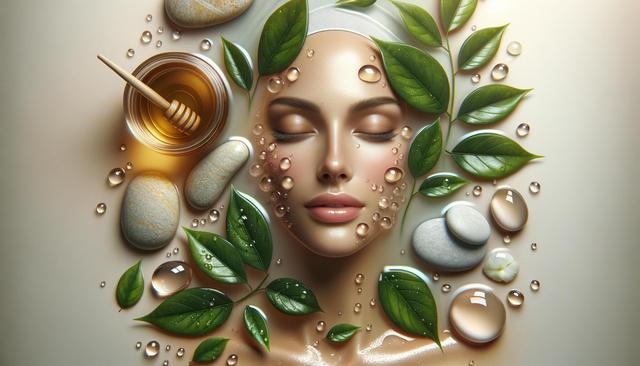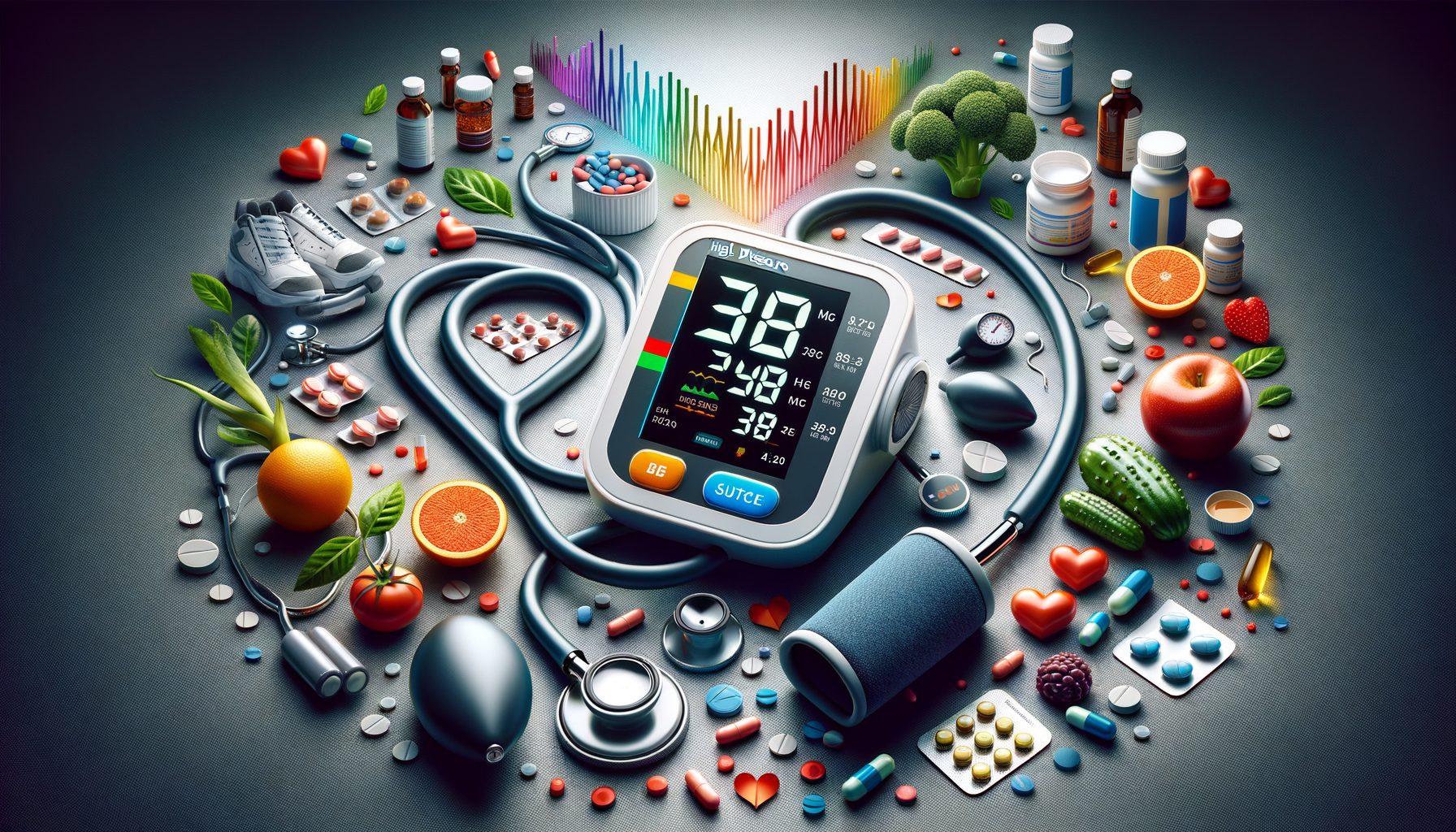Understanding Skin Rejuvenation and Its Purpose
Skin rejuvenation refers to a variety of treatments and practices designed to improve the appearance, texture, and overall health of the skin. As we age, environmental factors like sun exposure, pollution, and lifestyle habits contribute to skin damage and the breakdown of collagen and elastin. This results in wrinkles, fine lines, uneven pigmentation, and a dull complexion. Skin rejuvenation aims to reduce these signs and promote a more youthful and radiant appearance without necessarily resorting to invasive procedures.
There are several categories of skin rejuvenation, including topical treatments, minimally invasive procedures, and advanced technologies. Each approach targets different layers of the skin, depending on the individual’s needs and desired results. Whether someone is dealing with early signs of aging or more advanced skin concerns, there are options that can help improve skin tone, elasticity, and clarity.
Topical Solutions and Daily Practices
One of the most accessible forms of skin rejuvenation is through the use of topical products. These typically include ingredients that aim to boost cell turnover, hydrate, and protect the skin barrier. Over-the-counter and prescription formulations can offer noticeable improvements when used consistently over time. Common active ingredients found in rejuvenating products include:
- Retinoids: Promote cell renewal and collagen production
- Vitamin C: Antioxidant that helps brighten the skin and reduce pigmentation
- Hyaluronic acid: Deeply hydrates and plumps the skin
- Niacinamide: Improves skin tone and strengthens the barrier
In addition to topical treatments, adopting healthy skin habits contributes significantly to long-term improvements. These include regular cleansing, exfoliation, using sun protection daily, and avoiding tobacco use. Combined, these practices support the skin’s natural repair processes and enhance the effects of other rejuvenation treatments.
Minimally Invasive Procedures
For more noticeable results, many individuals turn to minimally invasive skin rejuvenation techniques. These procedures are typically performed by dermatologists or licensed skincare professionals and require little to no downtime. They stimulate the skin’s natural healing processes, helping to improve tone, texture, and elasticity. Popular procedures include:
- Microneedling: Uses tiny needles to create micro-injuries that trigger collagen production
- Chemical peels: Exfoliate the top layers of skin to reduce discoloration and fine lines
- Laser therapy: Targets deeper layers to stimulate collagen and address pigmentation issues
- Radiofrequency treatments: Use heat to tighten the skin and promote firmness
While these treatments offer more immediate changes, they often require multiple sessions for optimal outcomes. Consulting with a qualified professional ensures that the chosen procedure aligns with your skin type and goals.
Advanced Technologies for Comprehensive Rejuvenation
In recent years, technological advancements have introduced sophisticated devices and methods that deliver targeted skin rejuvenation with precision. These innovations cater to a wide range of concerns, from deep wrinkles to sun damage. Some of the most recognized technologies include fractional lasers, intense pulsed light (IPL), and ultrasound-based therapies. These techniques often combine the benefits of resurfacing, tightening, and pigmentation correction in one session.
One advantage of these advanced methods is their ability to customize treatment settings based on individual skin needs. This personalization maximizes results while minimizing risks. However, it’s important to understand that even though these treatments are non-invasive, they may still involve some recovery time, particularly for deeper resurfacing options.
Patients considering such procedures should be aware of the importance of aftercare, including avoiding sun exposure, using gentle skincare products, and following professional recommendations closely. These steps help maintain results and reduce the risk of irritation or complications.
Combining Treatments for Holistic Results
Often, the most effective approach to skin rejuvenation involves a combination of treatments and ongoing care. By addressing multiple layers of the skin and various concerns simultaneously, combination therapies can yield more comprehensive results. For example, pairing microneedling with a vitamin C serum can enhance absorption and collagen stimulation, while alternating laser treatments with chemical peels may target both texture and pigmentation issues.
Some professionals develop personalized treatment plans that span several months, gradually introducing different therapies to minimize stress on the skin. This strategy not only improves outcomes but also allows the skin to adapt and heal in stages. Key components of a combination plan may include:
- Professional in-office treatments scheduled strategically
- At-home maintenance with high-quality skincare products
- Lifestyle adjustments to support overall skin health
Working with a trusted skincare specialist helps tailor these plans to individual goals and skin conditions, ensuring both safety and efficacy over time.




Leave a Reply